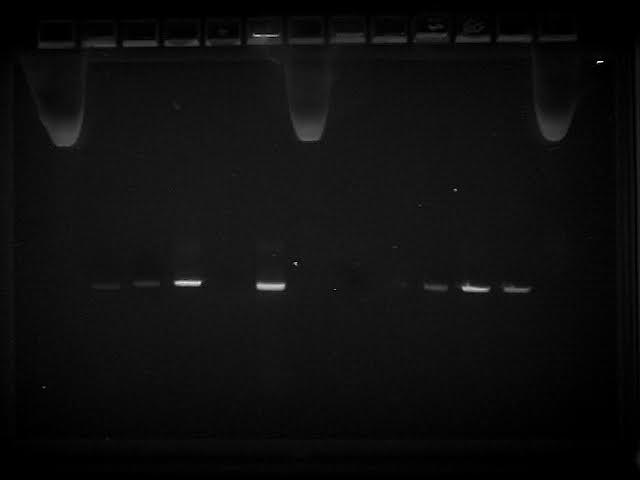B. Cereus Cudmore-Lewis
Classification
Domain; Phylum; Class; Order; family [Others may be used. Use NCBI link to find]
Species
|
NCBI: Taxonomy |
Genus species
Habitat Information
Location:
Lat:30.002092
Long:-97.883009
Soil: Castephen Clay Loam/ 3-5% slopes, eroded
Description: New housing development, empty lot
Precipitation:Not within 48 hours
Temperature:70, few clouds
Depth: 1.25 inches
Visibility: 10 miles
Humidity: 59%
Wind: S 10 mph
Sea Level: 1011.8
Date & Time: September 8, 2016, 18:53
Description and Significance
Describe the appearance (colonial and cellular), possible antimicrobial activity etc. of the organism, and why the organism might be significant.
Description:
Color- Yellow
Form: Circular
Margin: Entire
Consistency: Semi-mucoid
Texture: Smooth
Elevation: Raised
Antimicrobial Activity: None
Antibiotic Resistance: Nafcillin
Genome Structure
Describe the size and content of the genome. How many chromosomes? Circular or linear? Other interesting features? What is known about its sequence? Include S Ribosomal sequence that you obtained from PCR and sequencing here.
Cell Structure, Metabolism and Life Cycle
Interesting features of cell structure; how it gains energy; what important molecules it produces.
Physiology and Pathogenesis
Biochemical characteristics, enzymes made, other characteristics that may be used to identify the organism; contributions to environment (if any).
If relevant, how does this organism cause disease? Human, animal, plant hosts? Virulence factors, as well as patient symptoms.
The pathogenicity of B. cereus, whether intestinal or non-intestinal, is intimately associated with the production of tissue-destructive exoenzymes.Among these secreted toxins are four hemolysins, three distinct phospholipases, an emesis-inducing toxin, and proteases. (1)
B. Cereus has been known to cause food-borne illness as well as skin infections in humans.
References
[Sample reference]
1. Bottone, Edward J. “Bacillus Cereus, a Volatile Human Pathogen.” Clinical Microbiology Reviews 23.2 (2010): 382–398. PMC. Web. 7 Dec. 2016.
Author
Page authored by Carley Cudmore and Jennifer Lewis, students of Prof. Kristine Hollingsworth at Austin Community College.

